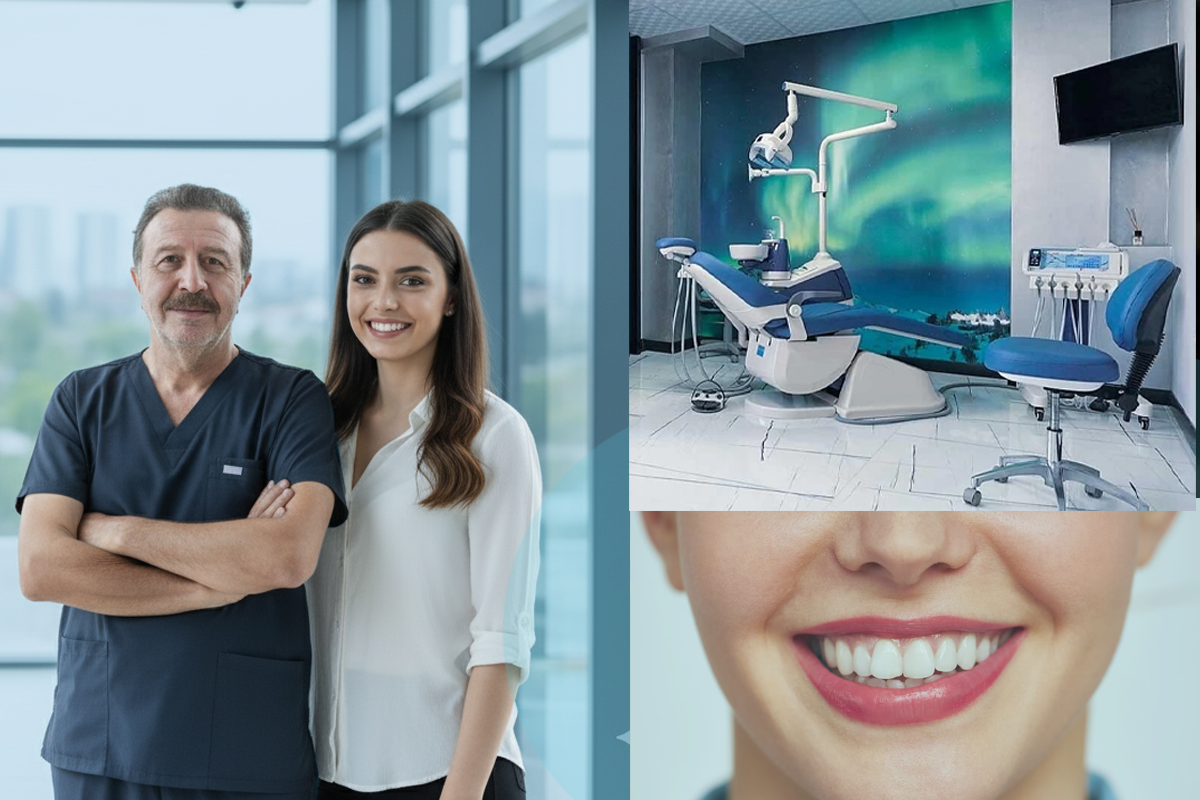Zygoma, Pterygoid & Nasal Implants
These advanced implant techniques are designed for patients with severe upper jaw bone loss who have been told they are “not suitable” for conventional implants. Instead of relying on thin or grafted maxillary bone, long implants are anchored in dense anatomical sites: the zygoma (cheekbone), pterygoid plates (behind the upper molars) and the nasal floor/spine. This creates a stable foundation for fixed teeth—often avoiding major grafting and shortening timelines.
Clinical Highlights
Graftless Fixed Teeth
Avoid or minimise sinus lifts and block grafts by using extra-maxillary anchorage sites.
Immediate Loading
In selected full-arch cases, provisional fixed teeth can be fitted the same or next day.
High Primary Stability
Anchorage into dense zygomatic/pterygoid/nasal bone provides robust initial fixation.
Sedation or GA Available
Performed under local anaesthesia with sedation, or general anaesthesia when indicated.
When Do We Use Them?
Advanced anchorage implants are considered when the upper jaw has:
- Severe bone resorption and pneumatized sinuses after long-term tooth loss
- Failed grafts or multiple implant failures in the past
- Congenital or post-surgical defects limiting conventional implant placement
- Full-arch rehabilitation planned with minimal treatment time
Candidacy & Assessment
We perform comprehensive diagnostics—CBCT 3D imaging, bite analysis and medical review. Digital planning identifies the safest trajectory and length for each implant, protecting the sinus, orbit and vital structures.
Treatment Workflow
- Consultation & CBCT: Records, photos and 3D scans; discuss options and expectations.
- Digital Planning: Virtual implant positioning; surgical guide or navigated placement when indicated.
- Surgery: Placement of zygoma/pterygoid/nasal implants under sedation or GA; any extractions are completed.
- Immediate Provisional (case-dependent): Full-arch provisional bridge fitted same/next day when stability allows.
- Healing Phase: Soft-tissue maturation and functional adaptation (typically weeks to months).
- Definitive Bridge: Precision framework and ceramic/composite finalisation after integration.
Timelines depend on individual stability, bite forces and soft-tissue health; your surgeon will confirm your personalised plan.
Advantages vs. Extensive Grafting
- Fewer surgeries and shorter overall treatment time
- Earlier return to fixed teeth and normal function
- Predictable anchorage in dense anatomical bone
- Useful after failed sinus lifts or when graft volume is insufficient
Risks & Safety
As with all surgery, risks include bleeding, sinus irritation, temporary numbness or implant failure. Our protocols prioritise sterile technique, careful imaging-based planning and experienced surgical execution to minimise complications.
Aftercare & Maintenance
Follow a soft diet initially, maintain meticulous hygiene around the bridge, and attend regular professional cleaning. Night-guard protection may be advised for heavy clenching. Long-term reviews monitor implant stability and bite forces.
Frequently Asked Questions
They are designed as a long-term solution. Success depends on planning, bone quality, hygiene and bite control—regular reviews are essential.
In many full-arch cases we fit a fixed provisional bridge the same or next day. If immediate loading isn’t advisable, a temporary solution is provided.
We collaborate with ENT specialists when needed and plan trajectories to minimise sinus involvement; candidacy is confirmed after CBCT and medical history.
They often reduce surgeries and total time to fixed teeth. Grafting remains valuable in selected cases—we’ll explain the pros and cons for your situation.


